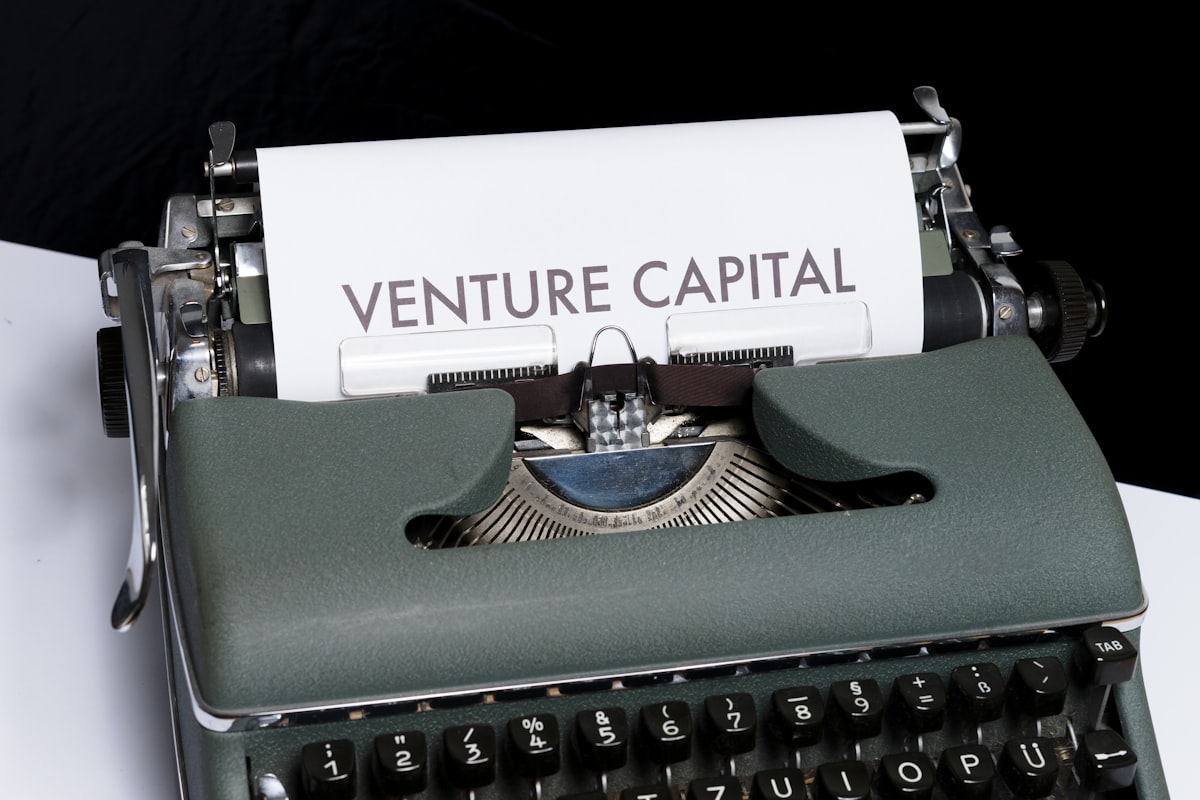Demystifying Venture Capital: A Simplified Guide
Curious about Venture Capital? Here's your no-nonsense guide to understanding the basics.

Venture Capital (VC) can boost a startup to stardom, but it's not the only option.
Let’s start by breaking down the basics you need to understand VC, funding stages and how it fits with your business plan and expected growth.
Venture Capital explained
Venture Capital (VC) is designed not just to support exceptional founders, but also to discover businesses that can generate significant impact annually.
Venture Capital works on a 'Power Law,' where just a few startups bring in most of the money. This is why VC firms look for a certain kind of company that has the potential to grow big and quickly.
The goal? Generate a 100x's return from the seed stage and sold for a high price at IPO. Understanding this principle will help you figure out if VC is the right choice for you.
Prominent venture capitalist, Marc Andreessen from A16z, once said that out of around 4,000 startups wanting VC funding each year, his firm could only invest in 20. And out of these 20, just 15 make up 95% of all the returns.
So, VC isn't about an abundance of success; it's about landing a few outsized wins.
Understanding this principle will help you figure out if VC is the right choice for you.
Jargon Buster: Funding Stages
It's important to know about the different stages of funding in the VC world.
Here they are, broken down simply:
- Seed Stage: This is the beginning. At this stage, the funding helps turn an idea into a working model.
- Early Stage: At this point, the startup has a working model and some early customers. The money from this stage goes towards getting the business up and running.
- Growth Stage: Here, the product or service is selling, and the startup is starting to grow. Funding at this stage helps to speed up growth and reach more customers.
- Late Stage: The startup is now well-established, with a steady customer base. Funding at this stage pushes for more growth and prepares the company for a possible sale or public listing.
If you want a successful and stress-free business, other paths might suit you better.
Going the Venture Capital route means giving up control, facing pressure for fast returns, possible distractions from your main work and potential disagreements with your investors.

The high-growth chase
Only around 0.05 percent of companies ever get VC funding. This is because most companies don't meet the VC criteria, meaning they're not likely to make the kind of money VC firms are looking for.
This explains why VC firms tend to favour familiar profiles, inadvertently neglecting unconventional or diverse businesses that are equally deserving of investment.
If your company doesn't fit this strict pattern, that doesn't mean it's not a good business. Instead of wasting time trying to get funding that's unlikely, look for other options or business models, such as 'Company of One'.
Want to go further?
Check out these resources that will help you level up and keep your inspiration tank full.
Watch - Funding Stages Explained with Hustle Fund
Looking for a quick, fun guide on fundraising stages? Watch this 8-minute video by Eric Bahn and Janel Spilker from Hustle Fund. Their clear, straightforward explanations will make this tricky topic a lot easier to grasp.
Listen - Unfinished Business with William Adoasi
Want to learn about growing a business without venture funding? Listen to William's story. He's expanded his luxury watch brand, Vitae London, and made a positive social impact without seeking VC support.

Read - What does it actually mean to be “venture-backable”
Check out Amy Sun's thread to learn what 'venture backable' really means. Amy's journey took her from building products at Uber and Facebook, to investing at Sequoia, and then back to creating products.
Her unique perspective on what makes a company stand out might just help you understand the VC world a bit better.





